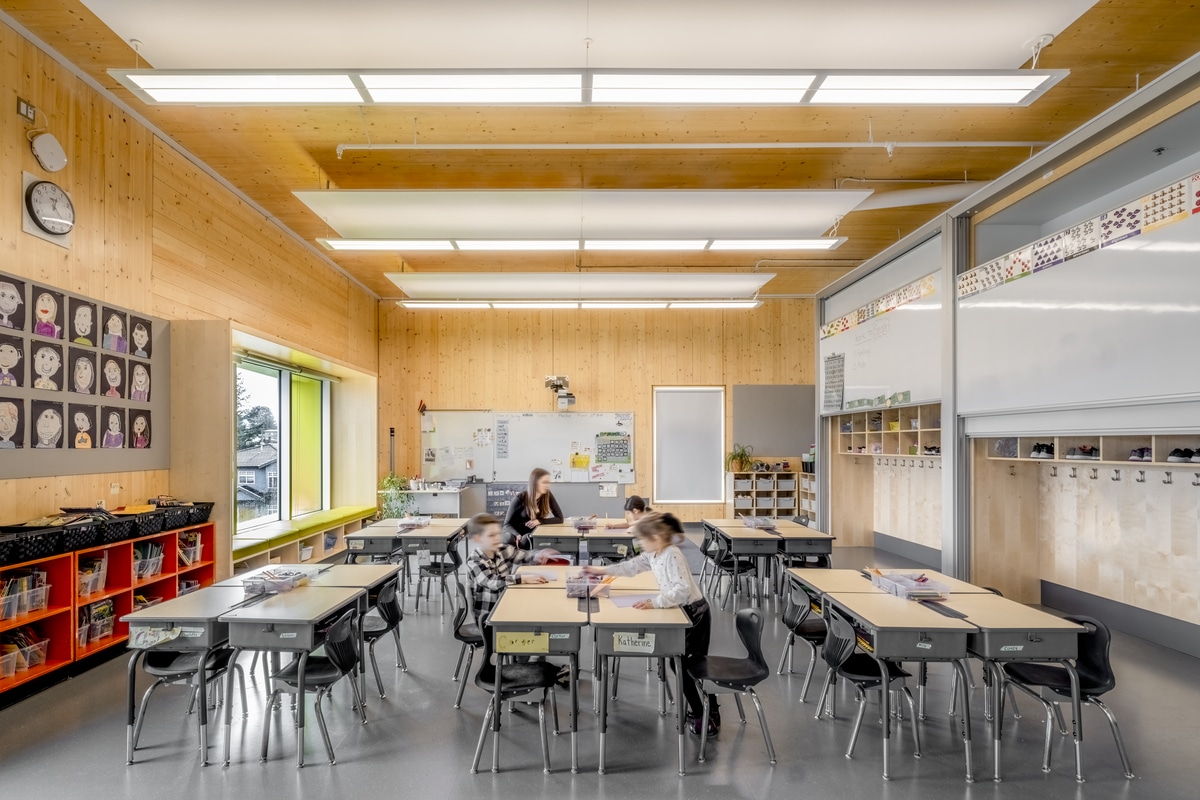
FRANKFORT — State Senator Michael E. Hastings announced today that local schools in the South Suburbs will receive more than $7.2 million in new evidence-based funding as part of the continued implementation of the landmark education funding reform he supported in Springfield.
“This is exactly why I voted to support the evidence-based funding formula,” said Hastings (D–Frankfort). “It ensures that state education dollars are distributed more fairly and equitably, targeting the schools that need the most support. I’m proud to see this investment delivering results right here in our community.”
A total of $7,217,253 in new EBF will be distributed among the following school districts within Senator Hastings’ legislative district:
- Orland School District 135
- Kirby School District 140
- Prairie-Hills Elementary School District 144
- Arbor Park School District 145
- Tinley Park Community Consolidated School District 146
- Hazel Crest School District 152
- Elementary School District 159
- Country Club Hills School District 160
- Matteson Elementary School District 162
- Rich Township High School District 227
- Bremen Community High School District 228
- Consolidated High School District 230
- New Lenox School District 122
- Mokena School District 159
- Summit Hill School District 161
- Lincoln-Way Community High School District 210
- Frankfort School District 157-C
The Evidence-Based Funding model was passed into law in 2017 with strong bipartisan support, fundamentally changing how Illinois invests in K-12 education. The formula is designed to close funding gaps and improve outcomes by delivering state dollars based on a district’s specific needs and adequacy targets.
“Our local schools have done an incredible job making the most of every dollar. This additional funding helps reduce disparities, invest in academic supports and create a stronger future for our students,” said Hastings. “This is a long-term commitment to equity, and I’ll continue fighting to make sure every child in Illinois has access to a high-quality public education.”
For more information on the FY 26 evidence-based funding distribution, visit the Illinois State Board of Education’s website.


